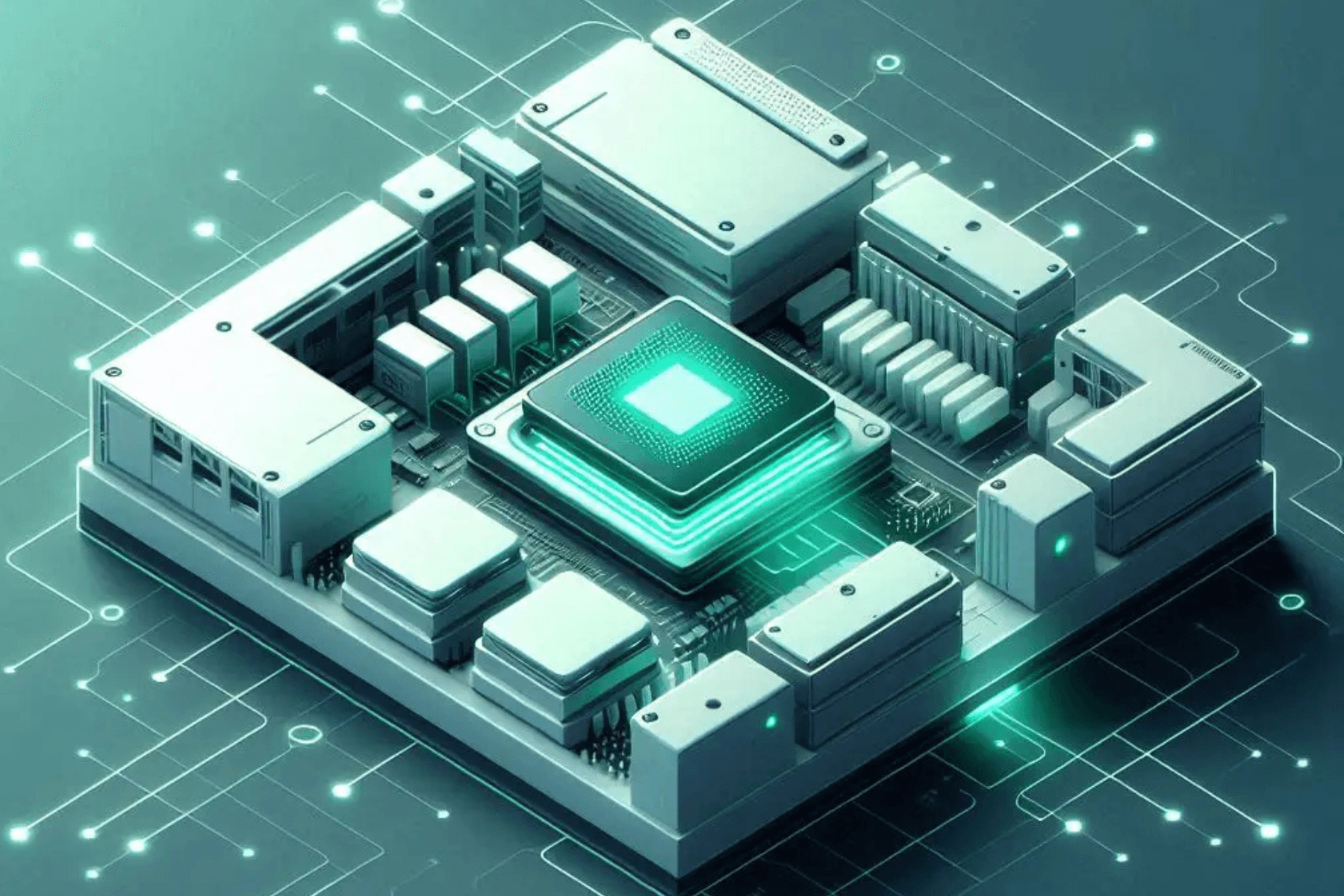Several engineers and scientists use M-Star CFD to simulate particle movement, chemical bonding, heat transport and rigid-body dynamics. It uses the lattice Boltzmann equations to simulate fluid physics using computer graphics processing units (GPUs). This technology enables the creation of exceedingly complex flow fields in a short amount of time. M-Star Simulations (based in Maryland) is responsible for the development, maintenance and support of M-Star CFD.
The primary components of the software are as follows:
- Pre-processor: Develops CAD files, geometry and physics for simulation.
- Solver: This program runs simulations and generates data files.
- Post-processor: Examines output files from Solver Utilities.
- Utilities: Other apps that can be used to run previews.
This program is used on the user’s desktop and server environments. M-Star servers do not process any data. Client resources are used for all calculations and data. If the client is using an M-Star-maintained floating-licensing server, then only network access to third-party resources is possible.
M-Star CFD container in NVIDIA GPU Cloud is a cross-platform tool that runs on Microsoft Windows and a variety of Linux distributions. The Pre- and Post-Processors can run on almost any resource with a good GPU. The Solver may be used on both Windows and Linux. An Nvidia GPU is required to execute the solver on GPUs. Additional hardware, such as NVLink, NVSwitch and Infiniband devices will be required for multi-GPU runs.
M-Star is a specialised CFD-simulation software that was specifically built to give accurate results. You can fully use GPU architectures to realise order-of-magnitude improvements in the performance and fidelity because it was created from the ground up to run on GPUs.
Engineers and scientists can view quantitative time-evolving estimates of shear forces at the air/liquid interface, the effect of volume/viscosity on mix times and the visual demonstration of flow patterns in the vessel during concentrations using the M-Star CFD simulation rendering. This understanding of fluid dynamics can be used to adjust operating parameters in the UF/DF stage to reduce protein degradation and increase process homogeneity.
Data flow
All components of M-Star read and write files from the local resource disk drives of the system. The following is the data flow:
- Pre-Processor: The user prepares their model and uploads Solver Input Files in the Pre-Processor.
- Solver: These Solver Input Files are used to run the solver. During the simulation, output files are created.
- Post-Processor: After generating charts, photos, video, data tables and values, the user post-processes their output data.
How are each component of M-Star CFD Containers linked?
Pre-Processor
The OpenCASCADE CAD library is heavily used in the Pre Processor. This free software library can read and write standard CAD formats, run modelling algorithms and show geometry, among other things. Because the Pre Processor is a licence-controlled application, it requires the Reprise Licence Management (RLM) software to function. It is a third-party closed-source library for enforcing licence policies.
The software uses GTK3 to implement the UI layer on Linux computers. It is recommended that you use the GTK3 version offered by your Linux distribution package management. The app only uses the built-in Windows UI libraries on Windows.
The PreProcessor validates the licence at runtime. The licence can alternatively be configured locally as a file. Depending on the configuration, this connection may or may not occur. The pre-processor may use other M-Star tools to run previewers or other utilities during runtime. In most cases, these programs function by writing files to the user’s temporary directory and reading them back into the pre-processor.
Solver
To implement the solver, it mostly uses CUDA and MPI. NVIDIA’s CUDA is a closed-source software that is used by GPU-enabled applications. MPI is a general-purpose software library that allows data to be transferred across processes or threads in scientific applications. Because this is a licence-controlled application, RLM is used to enforce the licence policy.
The solver takes the advantage of MPI to run numerous processes that communicate with one another via a variety of channels. A single GPU is dedicated to each solver operation. The NVLINK/NVSWITCH hardware allows the GPU processes to communicate with one another. This is specialised hardware that allows GPUs to access memory at fast speeds without copying data to system/CPU memory. Running in multi-GPU environments necessitates the correct configuration of the NVLINK/NVSWITCH hardware.
Post-Processor
Kitware’s Paraview software is used to create the M-Star post-processor. It has no control over licences. This system reads and processes the solver output files. After that, the user can export data, charts, photos and other items from the software. It is important to note that it is not licence-regulated and so does not have any connections to licence servers.
Conclusion
M-Star is a specialised CFD simulation software that was specifically built to give accurate results. You can fully use GPU architectures to realise order-of-magnitude improvements in the performance and fidelity because it was created from the ground up to run on GPUs.
Engineers and scientists can view quantitative time-evolving estimates of shear forces at the air/liquid interface, the effect of volume/viscosity on mix times and the visual demonstration of flow patterns in the vessel during concentrations using the M-Star CFD simulation rendering. This understanding of fluid dynamics can be used to adjust operating parameters in the UF/DF stage to reduce protein degradation and increase process homogeneity.
Know more about E2E Cloud - https://bit.ly/3eaePdo
Contact no - 9599620390
Email - raju.kumar1@e2enetworks.com









